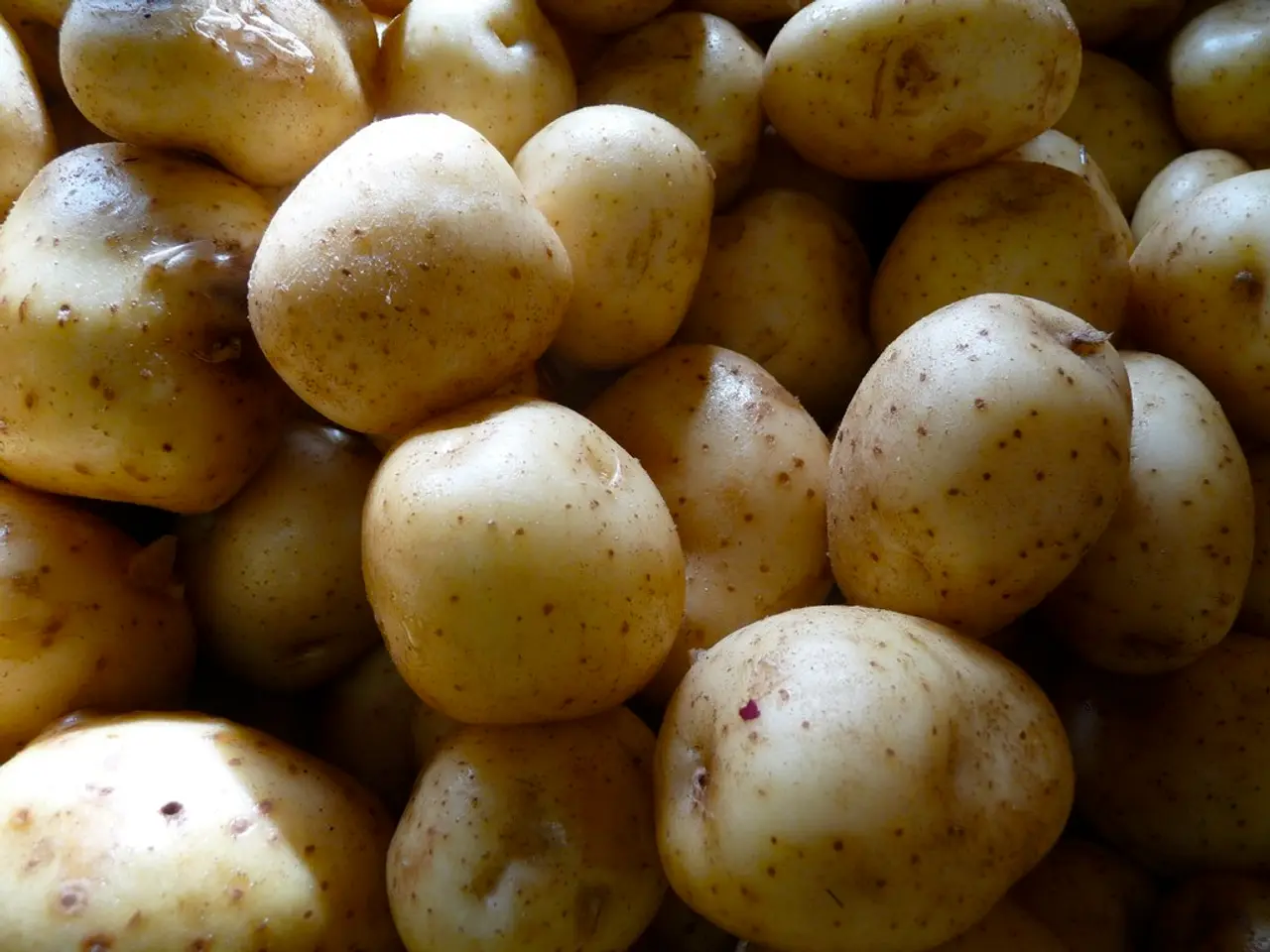Hair's intricate composition and maintenance at the microscopic scale
Embracing the trend of advanced hair care, the focus has shifted towards understanding the intricate structure of hair at its very core. This fervor stems from a quest to provide comprehensive protection at the molecular level, ensuring robust and lustrous strands.
Navigating the realm of hair care means delving into the unseen world of complex chemical interactions that make up the internal structure. A balanced internal structure equates to a healthy, appealing hair appearance, and any issues regarding hair's outward appearance can be traced back to the problems within its structure. This concept is championed by various innovative treatments and ingredients that have taken the market by storm.
The explosion of solutions surpassing traditional keratin for hair repair and strengthening signifies a growing market and a consumer base that is becoming increasingly knowledgeable and discerning. In response, hair care brands are striving to cater to these new consumers, with evolving claims offering solutions for issues such as porous hair and increased hair density.
Behind this wave of innovations lies the pursuit of improving hair structure at the molecular level. One such natural ingredient, based on pine bark extract, offers a remedy for safeguarding hair proteins against irreversible damage thanks to an in-depth understanding of hair structure aided by cutting-edge technology.
** unlock the secrets to strong, radiant hair** from the core layers. Get acquainted with this knowledge now! 🧬
Unveiling Hair Structure: A Practical Guide for Care
From a physical standpoint, hair structure is composed of the shaft, follicle, and root. However, a deeper molecular scrutiny offers insights into how hair functions and the necessary mechanisms for its protection. Generally, the molecular structure of hair is segmented into:
- Proteins: composed of chains of amino acids, these intricate structures can incorporate diverse types of molecules, though keratin dominates with 90-95%. This, in turn, is composed of 18 amino acids, like cysteine, serine, glycine, among others.
- Chemical bonds: responsible for retaining molecules and preserving their structure and stability, despite various types, disulfide bonds stand out for their importance. These covalent bonds keep keratin chains united in a three-dimensional structure, thereby contributing to hair's strength and elasticity.
When we discuss hair structure and hair damage, maintaining the balance of chemical bonds becomes crucial for hair health and appearance. On the contrary, oxidative stress triggered by environmental elements or chemical products (such as bleaching agents) can disrupt protein function, weakening the proteins and chemical bonds that form the internal structure of the hair.
This is indeed the case, for example, with carbonylation. Caused by oxidative stress, this phenomenon involves the binding of carbonyl compounds to residues of certain amino acids in proteins, resulting in permanent changes and alterations in the structure and function of proteins.
The visible manifestations of this phenomenon include dull and brittle hair, a reduction in softness and shine, and increased porousness of the cuticles. However, the hair's molecular structure is most affected by this process due to the triggering of permanent changes in protein bonds and cuticles.
In this context, treatments that aim for effective protection against carbonylation should adopt a proactive approach, capable of preventing future damage.
Keradeep: Pine Bark Extract for Premium Hair Care at the Molecular Level
Keradeep emerges as an ideal companion for hair health at the molecular level. Derived from pine bark extract, it boasts a wealth of natural compounds, such as polyphenols, possessing powerful antioxidant properties to prevent irreversible damage to hair proteins.
Keradeep's protective action prevents the emergence of carbonyl groups and the formation of oxidized cysteine species. In doing so, it effectively fights hair damage caused by oxidative stress due to chemical product treatments, as well as safeguards hair from environmental factors such as pollution and UV radiation.
The marriage of cosmetic science and advanced technology enabled us to discern and verify the protective impact of Keradeep on hair structure in exhaustive detail.
To this end, Provital forged partnerships with industry-leading companies in the following ex vivo effectiveness studies - pioneers in both the rigor and technology employed in hair structure studies, and the outcomes achieved:
- Visualization and quantification of carbonylated proteins using a patented fluorescent probe by Oxi-Proteomics for quantitative assessment of oxidation levels (a mark of carbonylated proteins) in the cuticle and cortex.
- Molecular-level hair fiber study using Fourier Transform Infrared Spectroscopy (FTIR), developed by ALBA Synchrotron.
- Structural arrangement of keratin study using birefringence (Xpolar®), developed by Kamax Innovative System.
This series of studies confirmed that Keradeep is capable of preventing the oxidation of various chemical groups within hair proteins, as well as hindering changes in the conformation of these proteins.
- Exploring beyond the physical aspects of hair structure, we delve into the molecular level to understand the intricate proteins that make up the internal hair structure, with keratin dominating at 90-95%.
- Pine bark extract-based treatments, like Keradeep, offer innovative solutions for safeguarding hair proteins against irreversible damage, thanks to their antioxidant properties that prevent the formation of carbonyl groups and oxidized cysteine species.
- In the realm of health-and-wellness and skin-care, these advanced therapies-and-treatments aim to improve hair structure by maintaining the balance of chemical bonds, protecting against oxidative stress, and preventing permanent changes in protein bonds and cuticles.








